In a remarkable fusion of science and art, researchers and artists are collaborating to create stunning portraits using an unexpected medium: microbial colonies. These living artworks, cultivated in petri dishes, transform the invisible world of bacteria and fungi into visible masterpieces that challenge our perceptions of both biology and creativity.
The process begins with careful planning. Artists work alongside microbiologists to select strains that produce pigments when grown under specific conditions. Species like Serratia marcescens (bright red), Chromobacterium violaceum (violet), and Micrococcus luteus (yellow) become the palette. The "canvas" - a nutrient-rich agar plate - is inoculated using precise techniques that control colony placement and growth patterns.
What makes these microbial portraits extraordinary is their temporal nature. Unlike traditional paintings, they evolve over days as colonies multiply and pigments develop. The artist must anticipate how the living medium will change, accounting for variables like temperature, humidity, and microbial interactions. Some practitioners even incorporate genetically modified organisms programmed to fluoresce under certain light conditions.
The intersection of art and microbiology has sparked fascinating dialogues about the nature of creativity. Dr. Emily Dawson, a bioartist at the University of Westminster, explains: "We're not just depicting life - we're collaborating with it. The microbes have their own behaviors that influence the final composition." This partnership with living organisms creates artworks that are never exactly reproducible, each petri dish developing unique characteristics based on microscopic biological processes.
Beyond their aesthetic value, these microbial masterpieces serve an educational purpose. Public exhibitions often include detailed explanations of the science behind the art, helping demystify microorganisms that many people associate only with disease. Viewers learn that less than 1% of bacterial species are pathogenic, while the majority play crucial roles in ecosystems and human health.
The technical challenges of microbial portraiture are substantial. Artists must maintain sterile conditions to prevent contamination while working with materials that have limited "open" time before the agar solidifies. Some practitioners have developed innovative tools, adapting dental instruments or 3D-printed precision applicators to place bacteria exactly where needed. The final compositions are preserved through high-resolution photography or, in some cases, through resin casting that halts microbial growth at the ideal moment.
Ethical considerations form an important part of this emerging field. Practitioners follow strict biosafety protocols, particularly when working with engineered organisms. The artistic community has established guidelines for responsible practice that ensure both artist safety and environmental protection. These measures allow the art form to develop without compromising scientific integrity or public health.
As the technique gains recognition, we're seeing increasingly sophisticated applications. Recent exhibitions have featured multi-plate installations that create large-scale images when viewed together, time-lapse projections showing the dynamic growth process, and even interactive pieces where viewer actions influence microbial development through controlled environmental changes.
The future of microbial art appears vibrant. Researchers are exploring new pigment-producing strains while artists experiment with four-dimensional concepts - works that change not just during creation but continue evolving throughout their exhibition. This living art form reminds us of the beauty inherent in the microscopic world and the creative potential that emerges when scientific discipline meets artistic vision.
For those inspired to try microbial art, numerous workshops now introduce the basics of safe practice. Starter kits containing non-pathogenic, color-producing strains have made the medium more accessible while maintaining safety standards. As this unique art form grows, it continues to challenge our definitions of both art and science, proving that inspiration can be found even in a petri dish.
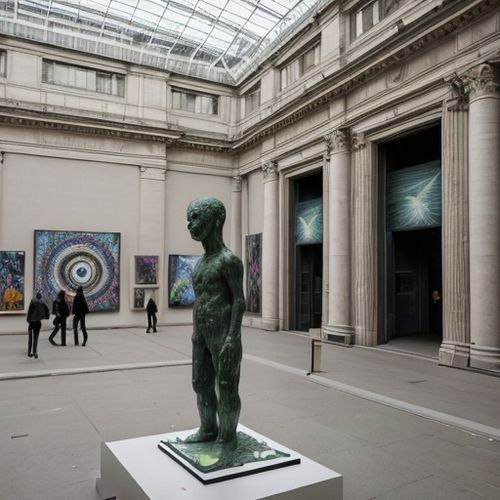
By Jessica Lee/Apr 12, 2025
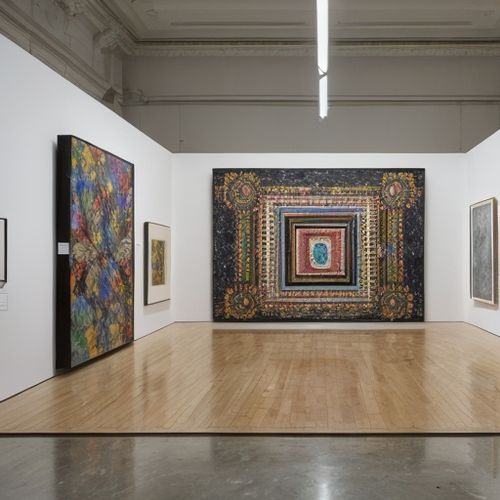
By Daniel Scott/Apr 12, 2025

By Megan Clark/Apr 12, 2025
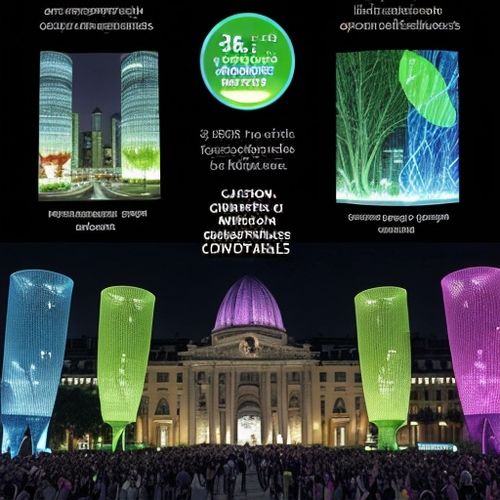
By Elizabeth Taylor/Apr 12, 2025
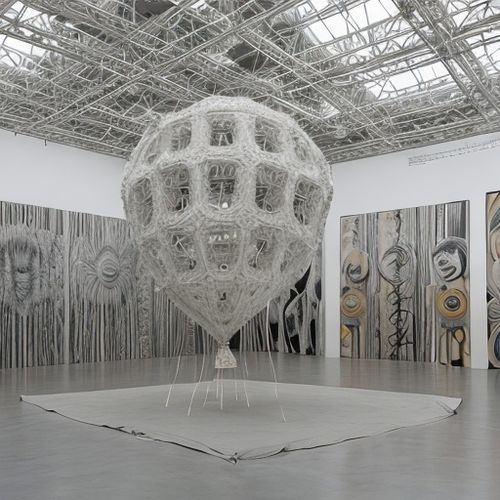
By James Moore/Apr 12, 2025
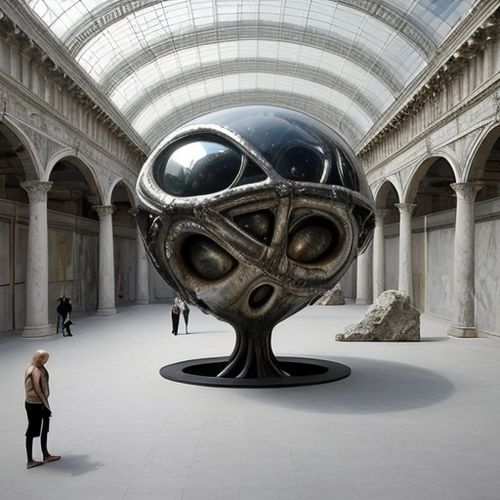
By Natalie Campbell/Apr 12, 2025
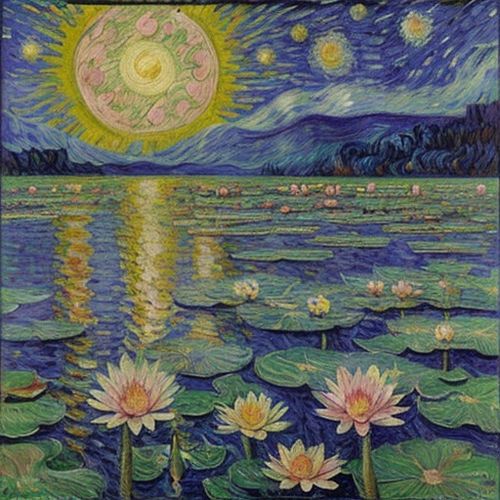
By Grace Cox/Apr 12, 2025

By David Anderson/Apr 12, 2025
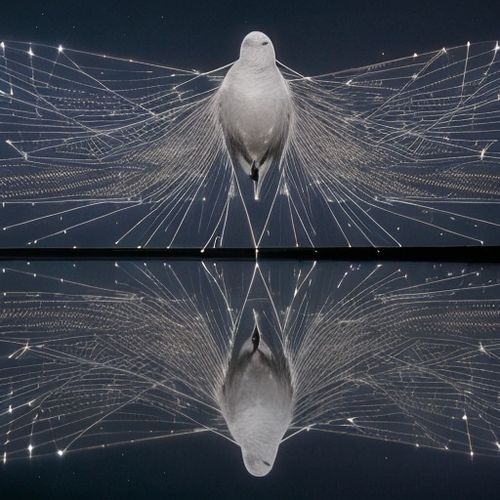
By Emma Thompson/Apr 12, 2025
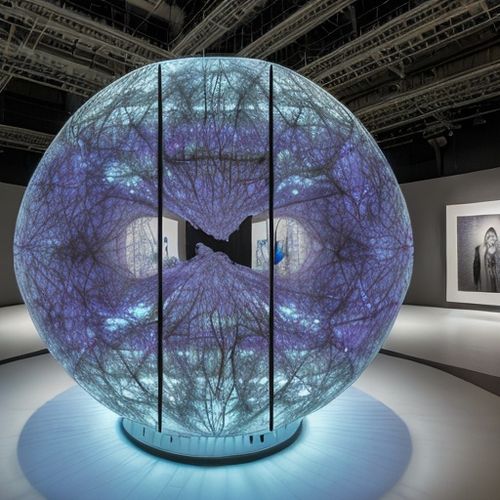
By Jessica Lee/Apr 12, 2025

By Thomas Roberts/Apr 12, 2025
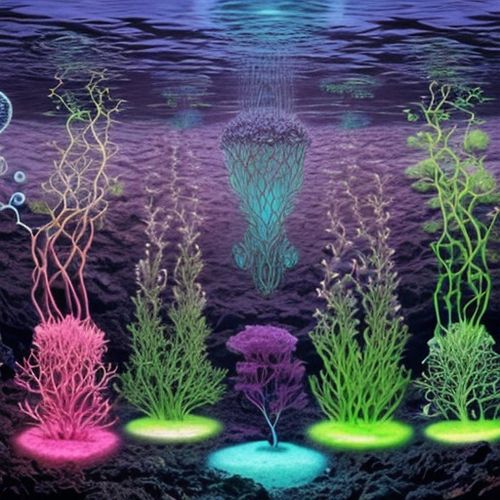
By Noah Bell/Apr 12, 2025

By David Anderson/Apr 12, 2025
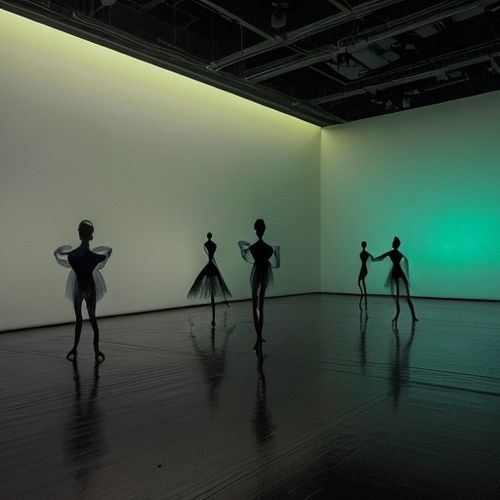
By Victoria Gonzalez/Apr 12, 2025

By Sarah Davis/Apr 12, 2025
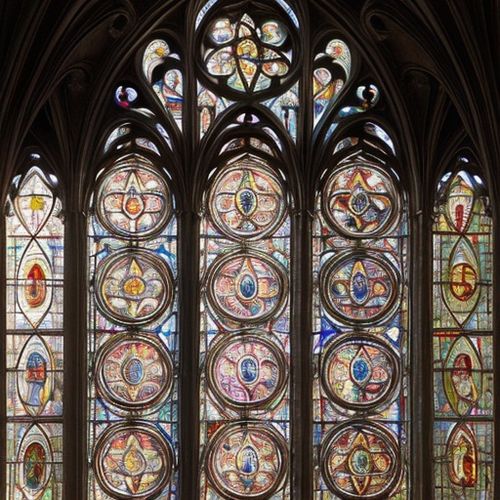
By Rebecca Stewart/Apr 12, 2025
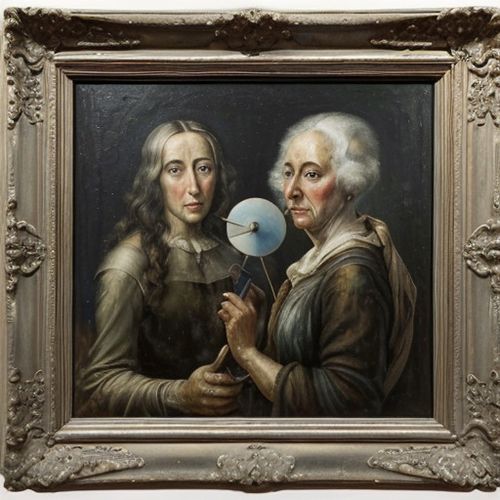
By James Moore/Apr 12, 2025
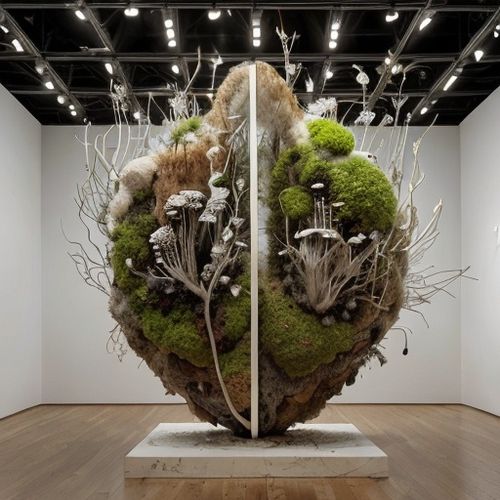
By Thomas Roberts/Apr 12, 2025
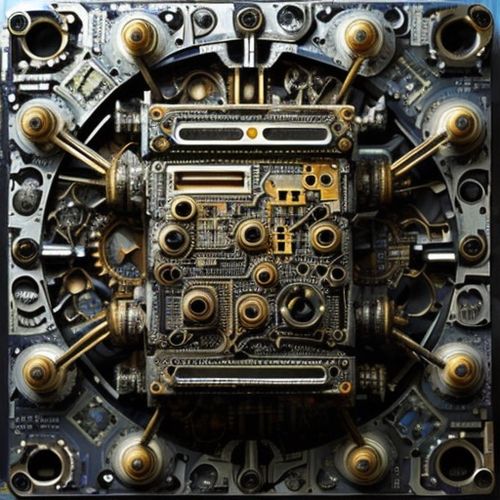
By Lily Simpson/Apr 12, 2025